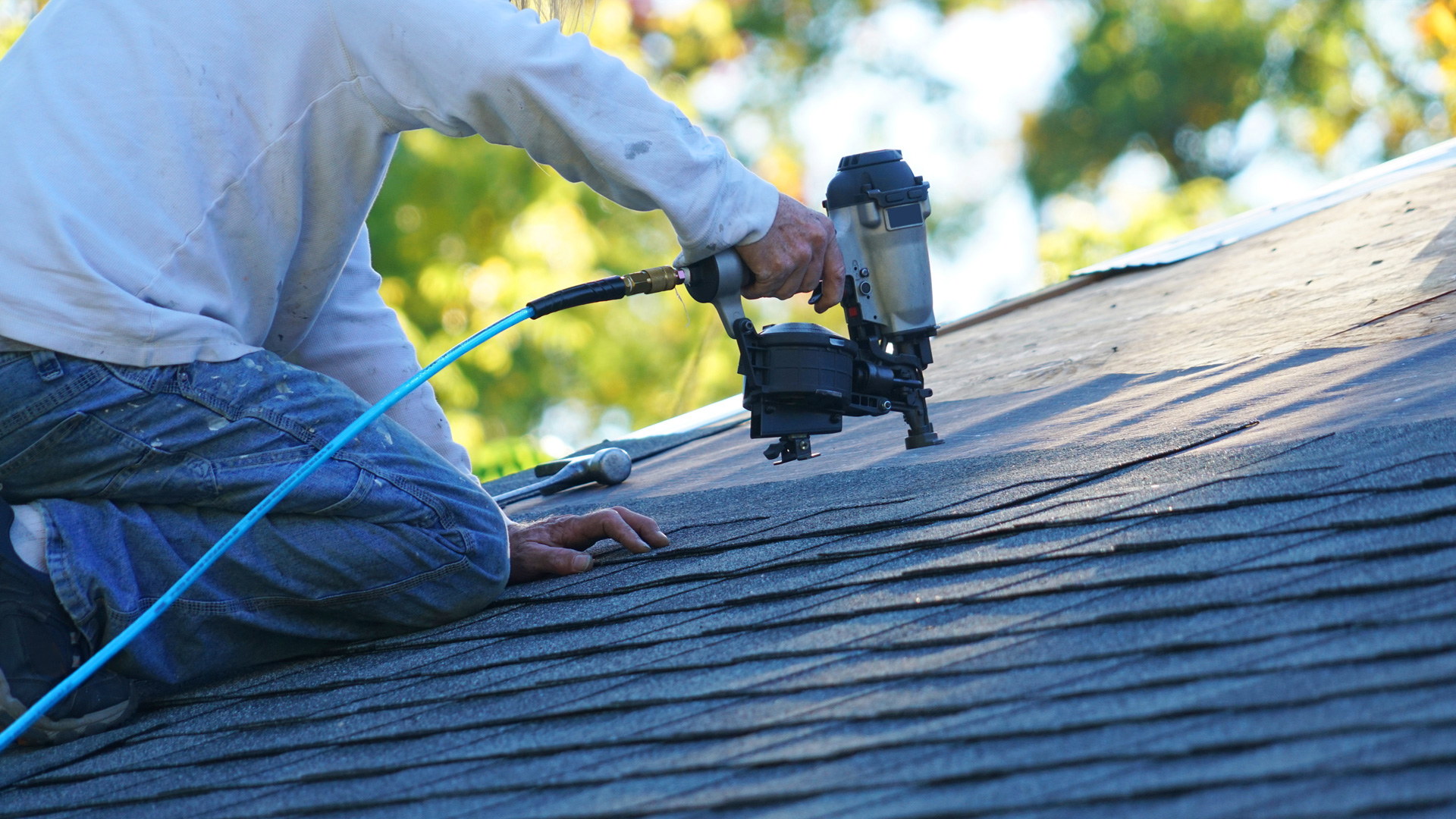Roof inspections are important for figuring out potential issues and making certain the longevity of your roof. Regular inspections might help detect issues early, stopping pricey repairs or replacements down the line. Here are some widespread methods and steps for conducting a roof inspection:
Visual Inspection:
a. Exterior Inspection:
Start by examining the roof from the ground utilizing binoculars or by safely climbing onto a ladder to get a more in-depth look.
Look for seen indicators of harm, such as lacking or damaged shingles, curling or buckling shingles, or free or deteriorated flashing round roof penetrations.
Check for particles, moss, algae, or lichen development on the roof, which may point out moisture-related issues.
Inspect the gutters and downspouts for granules from shingles, as extreme granule loss can sign shingle put on.
b. Interior Inspection:
Go into the attic or crawl space and inspect the underside of the roof deck for indicators of leaks, moisture, or water stains.
Look for daylight coming through cracks or holes in the roof deck, which may point out roof damage.
Check for signs of insulation damage, mildew, or mildew progress, which may result from roof leaks.
Roof Walk:
a. If it is safe to take action, walk on the roof surface to inspect it up close.
b. Be cautious and wear acceptable safety gear, such as non-slip shoes and a security harness if needed.
c. Look for any soft or spongy areas, which might indicate underlying injury.
d. Check for loose or damaged roofing supplies, as nicely as signs of put on and tear and tear.
Moisture Detection:
a. Use a moisture meter to detect hidden moisture throughout the roof structure and insulation.
b. Moisture detection can help identify leaks or areas of potential water intrusion that will not be seen.

Roof Restoration :
a. Drones geared up with cameras can present a complete view of the roof surface without the necessity for direct physical entry.
b. A drone inspection can be especially helpful for larger or hard-to-reach roofs.
Professional Inspection:
a. Consider hiring knowledgeable roofing contractor or inspector to conduct an intensive inspection.
b. Professionals have the experience, tools, and expertise to identify points that is most likely not apparent to a home owner.
Documentation:
a. Document your findings with photographs and notes to create a report of the roof's condition.
b. This documentation may be useful for monitoring adjustments over time and for insurance claims or repairs.
It's important to perform roof inspections regularly, ideally a minimum of once a year, and after extreme climate occasions like storms. Additionally, when you're not comfortable or confident in your capability to perform a roof inspection safely, it is advisable to rent a certified roofing skilled to make sure a radical and correct evaluation of your roof's situation..
